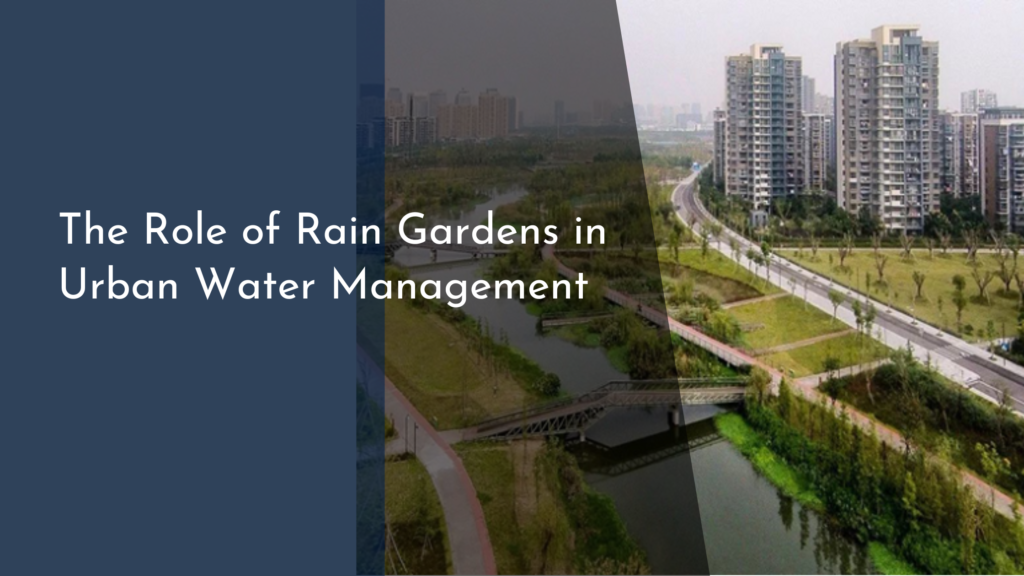How to Create an Herb Garden for Disaster-Resilient Landscaping
Creating an herb garden is not only a delightful way to enhance your culinary experiences but also a valuable aspect of disaster-resilient landscaping. Herbs are hardy plants that can withstand various environmental conditions, making them an excellent choice for sustainable gardening. In this article, we will guide you through the process of establishing a thriving herb garden that can enhance your outdoor space while contributing to self-sufficiency. Whether you’re a beginner or an experienced gardener, these tips will provide you with the knowledge needed to cultivate a successful herb garden.
5 Easy Steps to Start Your Own Herb Garden Today!
Starting your herb garden is a simple and rewarding process that can be accomplished in just five steps. First, choose a location that receives at least six hours of sunlight a day. Herbs thrive in well-lit areas, so this is crucial for their growth. Next, decide whether you want to plant your herbs in the ground, in raised beds, or in containers. Raised beds and pots are ideal for those with limited space or poor soil conditions.
Once you’ve determined where to plant, gather your materials. You’ll need soil that drains well, quality seeds or seedlings, and tools like trowels and watering cans. After preparing your chosen site, plant your herbs according to the specific requirements of each type. Finally, water your newly planted herbs gently but thoroughly, making sure not to overwater them. With these simple steps, you’ll be on your way to enjoying fresh, homegrown herbs in no time!
Choosing the Right Herbs for Resilient Landscaping
When selecting herbs for your garden, consider those that are not only flavorful but also resilient to varying climates and conditions. Some popular and hardy herbs include rosemary, thyme, oregano, and sage. These herbs can withstand drought and poor soil, making them ideal for disaster-resilient landscaping. Additionally, plants like mint and chives can thrive in various environments and are easy to propagate, ensuring you’ll have a steady supply for cooking and medicinal uses.
It’s also wise to select herbs that complement each other, both in taste and growing conditions. For instance, pairing basil with tomatoes can create a lovely synergy in your garden. Additionally, consider the local ecosystem and choose native herbs when possible. Native plants are more adapted to local conditions and pests, which can reduce the need for chemical interventions and enhance the sustainability of your garden.
Essential Tips for Soil Preparation and Gardening Success
Successful herb gardening begins with preparing the right soil. Start by testing the soil pH; most herbs prefer a slightly acidic to neutral pH (around 6.0 to 7.0). Amend your soil with organic matter such as compost or well-rotted manure to improve its structure and nutrient content. Ensure your soil has adequate drainage, as most herbs do not tolerate standing water. If you’re planting in a container, use a high-quality potting mix designed for herb or vegetable gardens for optimal results.
Furthermore, when planting your herbs, provide enough space between each plant to promote air circulation and reduce disease risk. Regularly monitor the moisture levels in your soil and adjust your watering routine based on rainfall and temperature changes. By focusing on soil health and proper planting techniques, you’ll set the foundation for a flourishing herb garden that can endure various environmental challenges.
Caring for Your Herb Garden: Thriving in Any Condition
Once your herb garden is established, ongoing care is crucial to its longevity and resilience. Regular pruning will encourage bushier growth and prevent your herbs from becoming leggy. Be mindful of pests; many herbs attract beneficial insects that can help control harmful pests naturally. If you notice any issues, consider organic solutions like insecticidal soap or neem oil to maintain a healthy garden without harsh chemicals.
Adapting your maintenance routine based on the season is also important for your garden’s success. During dry spells, increase your watering frequency but ensure the soil dries out between waterings to prevent root rot. In winter, consider mulching to protect the roots of perennial herbs from extreme temperatures. By cultivating a responsive and attentive approach to your herb garden, you can enjoy a bounty of fresh herbs year-round, no matter the conditions.
Creating an herb garden for disaster-resilient landscaping is a joyful endeavor that brings both flavor and function to your outdoor space. By following these steps, choosing the right herbs, preparing your soil, and providing ongoing care, you’ll cultivate a thriving garden that not only withstands environmental challenges but also enhances your cooking and well-being. So grab your gardening gloves, and start your herb gardening journey today—your taste buds will thank you!

